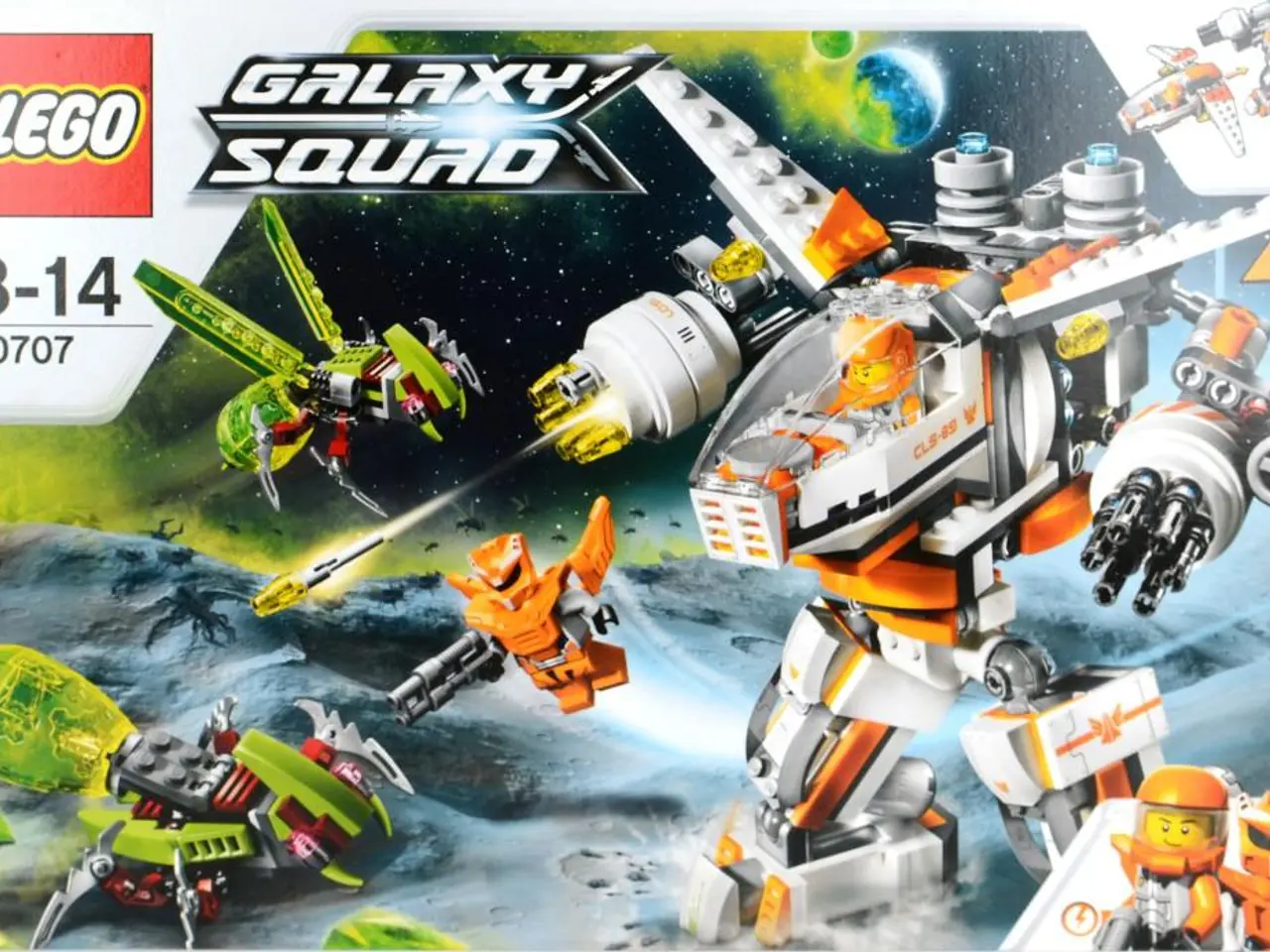Importance of Sunlight-Readable Displays in Military Operations
In the realm of military technology, the importance of sunlight readable displays cannot be overstated. These displays, designed to function optimally under direct sunlight, are essential for ensuring operational effectiveness in demanding environments.
Several critical factors must be considered to guarantee the best performance, reliability, and safety.
**High Brightness**
Military displays must boast brightness levels of at least 1,000 nits, with higher values (up to 1,500–2,000 nits) preferred for the most challenging conditions. Sustained high brightness is necessary for continuous operation without overheating or significant battery drain.
**Optical Bonding and Anti-Glare Coatings**
Optical bonding, which reduces reflections by bonding the LCD to the cover glass, significantly improves visibility in bright ambient light. Anti-glare coatings further help minimize reflections and maintain contrast, enhancing readability under strong sunlight.
**Ruggedness and Durability**
Displays should be rated at least IP65 for dust and water resistance, often higher for military use. They should also boast IK10 or similar impact ratings to withstand physical shocks and vibration common in field environments. Wide operating temperature ranges ensure functionality in extreme climates, while UV and heat protection are essential for outdoor installations exposed to prolonged sunlight.
**NVIS (Night Vision Imaging System) Compatibility**
MIL-STD-3009 outlines NVIS requirements, ensuring displays do not interfere with night vision equipment. Display backlights must be carefully controlled to avoid emitting light outside accepted ranges, especially in the green spectrum.
**Auto and Super Dimming Capabilities**
Adaptive brightness, which adjusts brightness based on ambient light, and super dimming, which allows operation in low-light conditions, support both sunlight and night vision scenarios. A wide dimming range provides flexibility for varying light conditions.
**Mounting and Installation Requirements**
Consider screen size, aspect ratio, and mounting options to fit specific vehicle, command center, or field configurations. Secure installation ensures displays remain stable and protected during movement or harsh conditions.
**Maintenance and Longevity**
Designs should allow for regular maintenance to prevent dust, grime, or salt buildup. The use of industrial or automotive-grade components extends lifespan and reliability.
These factors ensure that sunlight readable displays for military use are visible, reliable, and safe across a wide range of operational environments. Continued innovation in sunlight readable displays focuses on balancing key performance factors: brightness, contrast, power efficiency, and rugged durability.
LCDs perform best in direct sunlight and are the most suitable option for high-brightness military use. Organisations investing in high-performance displays for military applications must assess industry-specific requirements, regulatory standards, and long-term cost of ownership.
Displays built for outdoor and industrial use must prioritise longevity, taking into account environmental wear, material durability, and ease of maintenance. The total cost of ownership, including repairability, upgrade cycles, and the evolving landscape of display technology and obsolescence, is a crucial factor in the lifecycle and maintenance considerations of outdoor and industrial displays.
Cevians, a trusted leader in developing ruggedized display solutions for defence, aerospace, and industrial applications, is at the forefront of this innovation, with deep expertise in high-brightness, night vision applications, and sunlight readable display technology.
The future of displays lies in products that are more powerful, sustainable, and capable of performing in high-brightness environments. Displays must remain readable under wide viewing conditions, adverse environments, and handling.
In the pursuit of military applications, the integration of advanced science, such as sunlight readable display technology, is vital for ensuring operational effectiveness in challenging environments. To achieve this, organizations should prioritize technology that excels in high brightness, durability, and reliability, with features like optical bonding, anti-glare coatings, ruggedness, NVIS compatibility, auto and super dimming capabilities, and maintenance-friendly designs. This focus on innovative technology will lead to the development of displays that are not only powerful and sustainable but also capable of performing optimally under wide viewing conditions and adverse environments.




